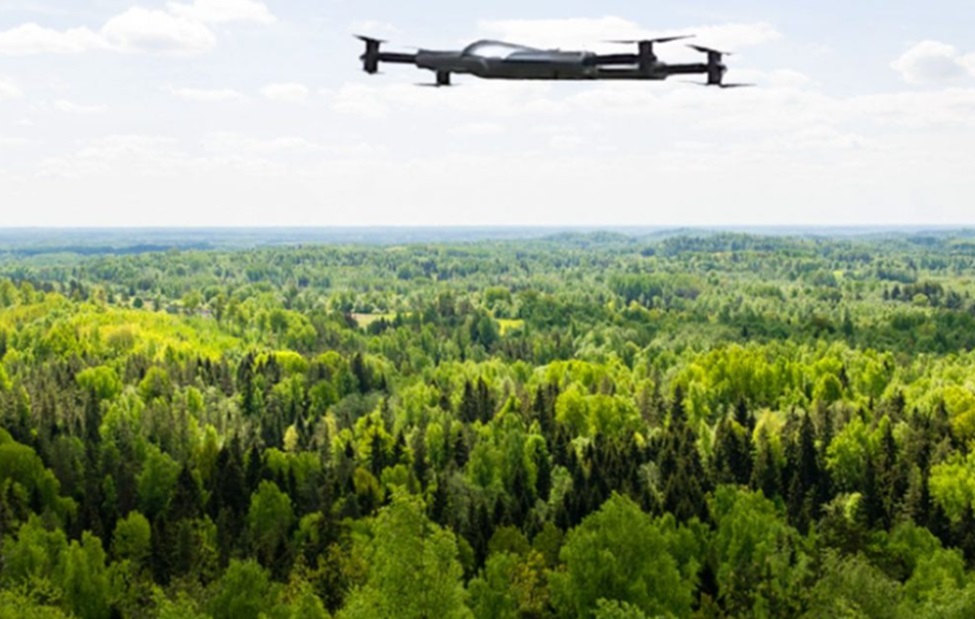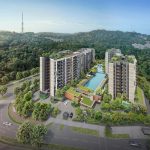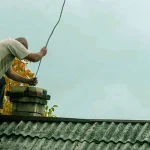Drones Revolutionize Reforestation: A Green Future Takes Flight
Innovative solutions to reforestation are being developed in the ongoing fight against deforestation. Drones, one of these innovative technologies, are a major player, as they offer a promising way to speed up tree planting and restore the green cover on our planet.
The Need for Reforestation
Deforestation is a global issue, as vast tracts of forest are lost due to logging and agriculture. Deforestation has far-reaching consequences, including climate change, biodiversity loss, and soil erosion. Researchers and environmentalists recognize the urgency in restoring ecosystems and are exploring new approaches. Drones have become a powerful tool to help them.
How drones plant trees:
Drones with specialized technologies are set to revolutionize reforestation. These drones can navigate difficult terrains with pinpoint accuracy and plant seeds. This process includes the following steps.
Mapping and planning:
Drones can survey the area using advanced mapping technologies, which assess soil quality, topography and other important factors. These data are then used to create planting plans that optimize the distribution of seed.
Seed Dispersion
Drones equipped with seed canisters fly over predetermined areas and release seeds at predetermined places. Drone technology is precise, which ensures seeds are evenly distributed and maximizes the chance of germination.
Monitoring and reporting:
After seed dispersal, drones can continue to be used by monitoring the areas that have been planted. High-resolution sensors and cameras help measure the growth of seeds, which allows for data collection in real time. Researchers and conservationists can use this information to improve planting strategies and increase success rates.
Benefits of Drone Based Reforestation
Adoption of drone technology for reforestation brings many benefits:
Speed and Efficiency
Drones are able to cover large areas rapidly and efficiently. They outperform traditional manual planting methods. This speed is essential for tackling the deforestation problem and reaching ambitious reforestation goals.
Cost-Effectiveness:
The long-term benefits of drone technology are evident, even though the initial cost may be high. Drones reduce labor costs by eliminating the need for large amounts of manpower.
Precision and Accuracy
This precision increases the chances of successful germination. This accuracy increases the effectiveness of reforestation.
Access to Challenging Terrain
Drones are able to access areas that are difficult or impossible to reach, such as steep slopes and areas affected by natural catastrophes. This allows reforestation to be carried out in previously unreachable areas.
Challenges and future outlook:
Although the potential for drone-based reforestation seems promising, there are still challenges to overcome, such as technological limitations and regulatory issues. As technology advances and public awareness increases, drones will play a key role in turning reforestation into an efficient and dynamic process.
Drones are a technologically advanced and sustainable solution for combating deforestation. These unmanned aerial vehicles are able to plant trees quickly, precisely, and efficiently. This gives hope for a healthier and greener planet. The collaboration between environmentalists, drone technology and research is set to redefine global reforestation efforts.
This post was written by a professional arborist at Arbor Wise Professional Tree Care. Robert Miller is the owner of Arbor Wise Professional Tree Care, a locally owned and operated tree service company that offers superb lawn care by the most experienced Arborists. Arborwise Tree Services is a tree removal company that offers stump removal, tree pruning, stump grinding, fertilization, and tree restoration. We have an extraordinary lawn care industry notoriety covering the Pinellas county area. Click here for more information!















